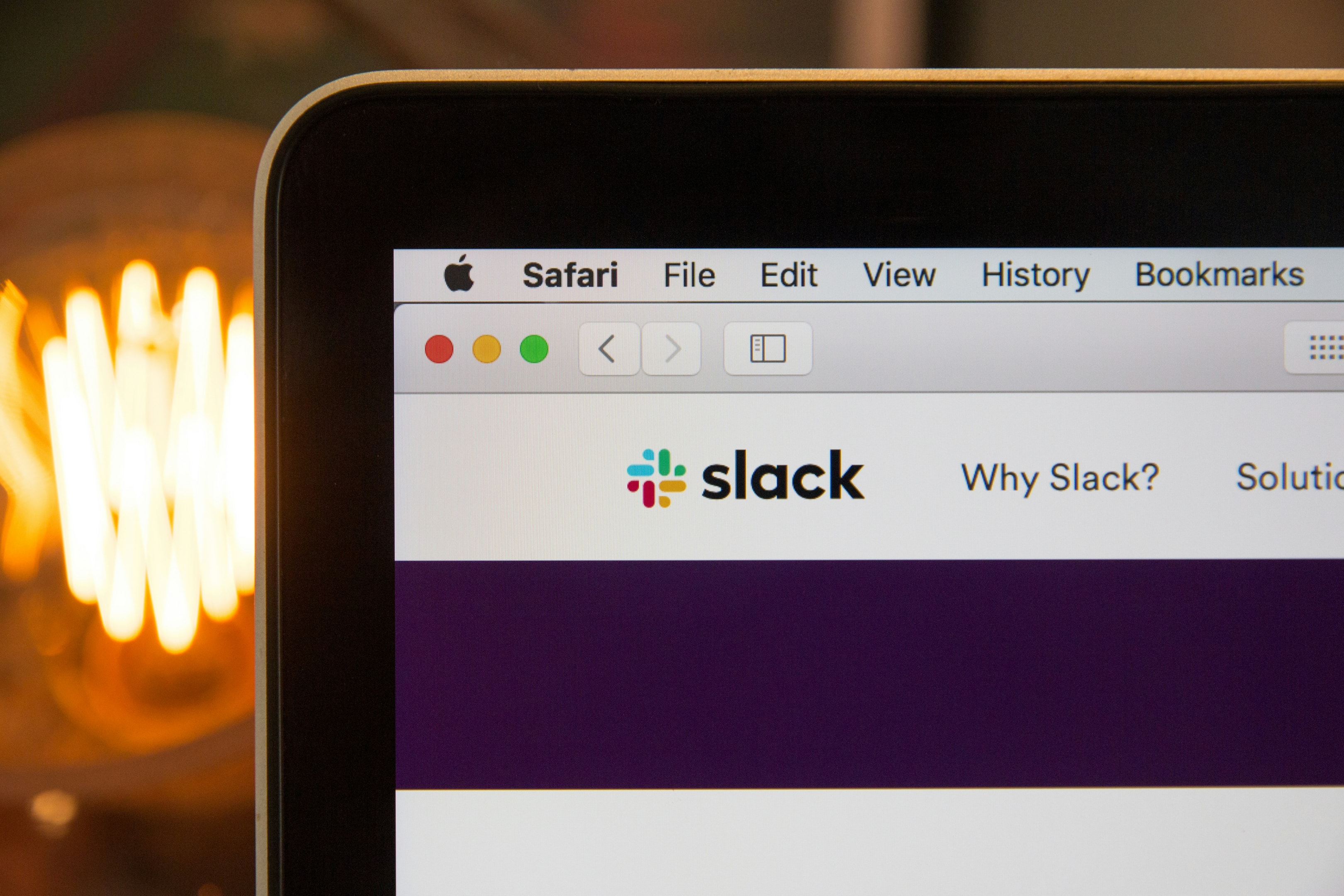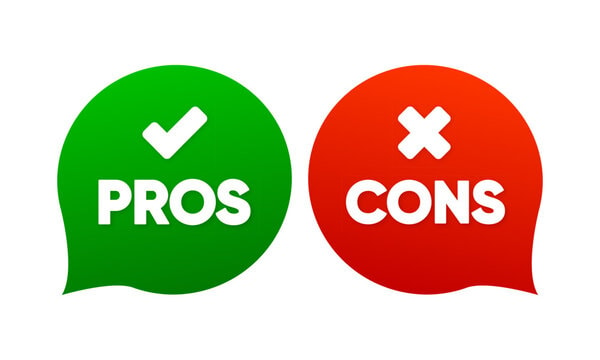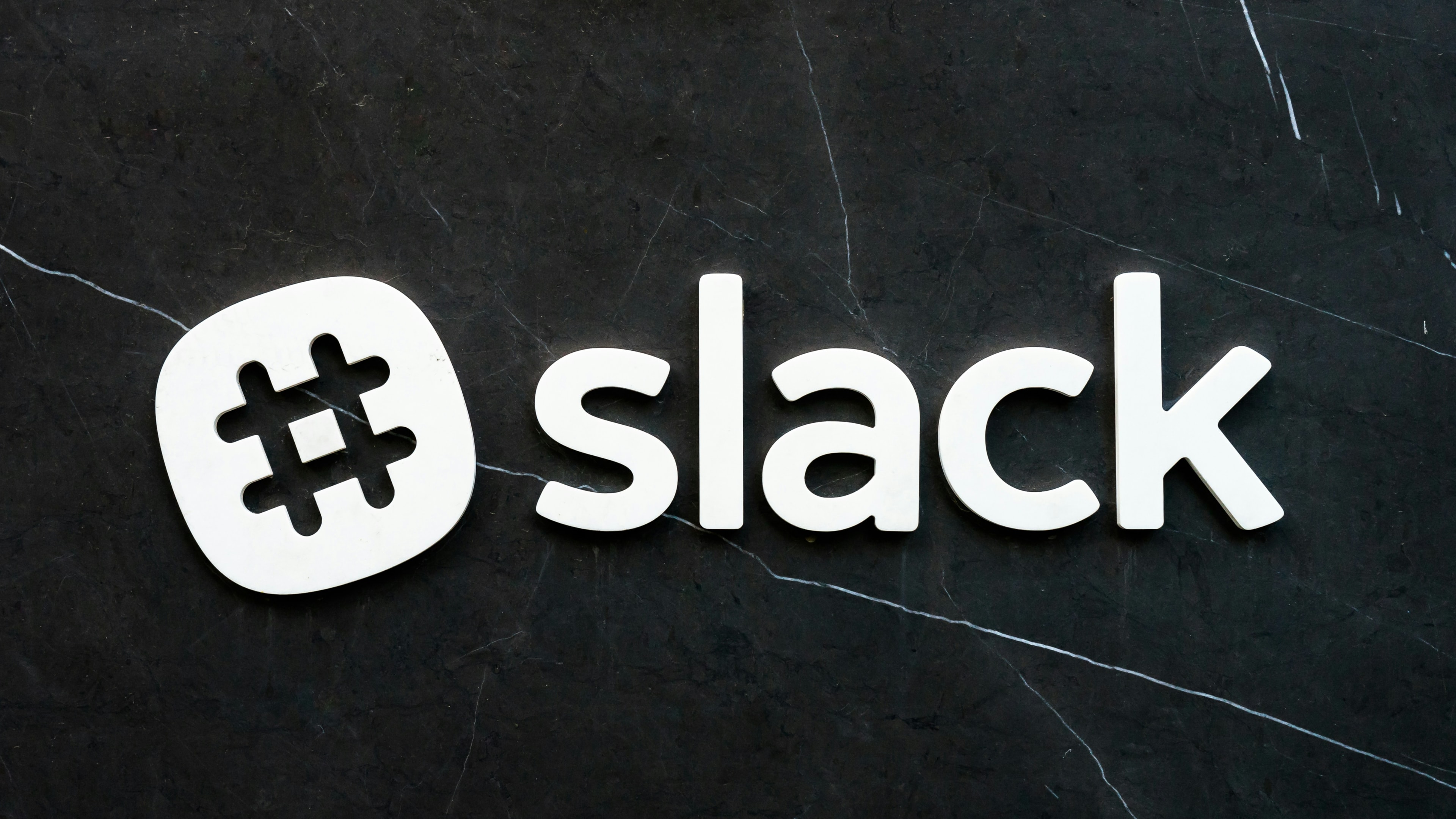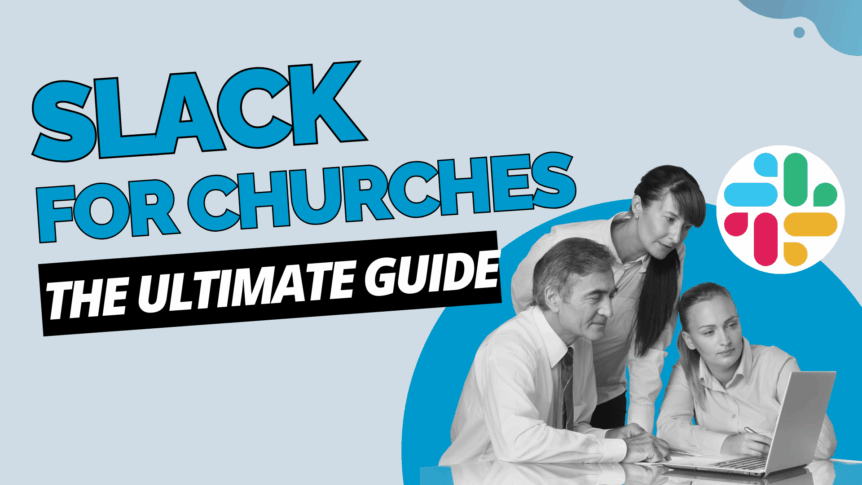Is your church in need of better ways to communicate? An effective church communication strategy is valuable to maintain a healthy and flourishing church. A lot can get lost in translation, and with so much happening on a day to day basis, it can be overwhelming.
A great communication tool for all internal communication needs is by utilizing a software that helps organize different channels all in one place. There are many tools out there, but today we’ll be discussing the benefits of Slack for churches.
Slack is a beneficial platform to enhance your church communication plan and engage better with your church community. A total of 12 million users spend about 90 minutes actively working on Slack every single day.
Estimated reading time: 11 minutes
Table of contents
What is Slack?

Slack is a cloud-based team communication platform that originated in 2013. For years, companies have used this platform to help with any media strategy. And in more recent years, churches have begun to utilize Slack into their church communication strategy.
Slack invites anyone connected with an organization to join different “channels,” or chat rooms, created around shared projects. Companies might have channels for sales, marketing, product development, or human resources. Churches might create channels for worship planning, faith formation, Sunday school, and administration.
Once organized into channels, then Slack provides the infrastructure for meaningful collaboration. This includes apps that support teleconferencing platforms like Zoom, as well as integrations that support work on shared documents like Google Docs. Slack also provides threaded conversations, facilitating the possibility of a lively back and forth.
How It Works
Set up a workspace, invite users to set up accounts, and chat. Within the workspace, you can set up multiple channels for different teams, projects, or just groups of people who need to have a place to communicate with each other without bugging the rest of us.
For example, create channels for the entire technology team, kids department, and admin team. Users are free to create their own channels as needed and can chat privately with one or more users if creating a channel is overkill for their needs.
Originally designed as a chat application, Slack sought to reduce dependence on email. By convening chat conversations and hosting direct messages between collaborators, Slack reduces dependence on the inbox and facilitates collaboration between those who are neither located in the same place nor working at the same times.
- While churches are ineligible for Slack’s nonprofit discount program, an account starts at $8/person per month.
Functions of Slack

- Channels: Organize conversations by topic or team to keep discussions relevant and easy to follow
- Direct Messages: Send private messages to individual team members or groups
- File Sharing: Share files and documents directly within channels
- Integrations: Integrate with other tools and services, such as Google Drive, Trello, and Asana, to enhance productivity
- Video and Voice Calls: Make voice or video calls directly within Slack
- Customizable Notifications: Manage notifications to stay focused and avoid distractions
Identify Collaboration Areas
Does your church have a weekly worship planning session? Or a bi-weekly finance check-in with the treasury committee? Each represents a possible Slack channel, where ideas can be exchanged and questions answered outside of the scheduled meeting time.
Utilize Slack to Exchange Ideas
Adopting a new technology requires an awareness of use cases. The most common way churches might start to utilize Slack is to bring together the worship planning team, who can use the platform to integrate music, preaching themes, prayers, and other aspects of Sunday morning. Communicate how and when collaborators should turn to Slack – and remember to communicate the benefits of reduced meeting time, and greater community input.
Use Slack for More than Staff Collaboration
While most organizations initially adopt Slack for internal use, congregations don’t have a clear demarcation of internal/external stakeholders. All church members, and to some extent, all members of a neighborhood, are valued collaborators.
Most church and neighborhood members won’t want to engage via Slack initially – they likely tend to prefer to engage through social media like Facebook. Start with the church’s lay leaders, or those who serve on standing boards or committees.
Board and council members may be the most eager to want to reduce unnecessary meetings, holding conversations and even votes when it best suits their availability. Your church’s council Slack channel may be far more valuable in fostering collaboration than channels for pastors and church staff.
Types of Communication

When you differentiate the communications your church creates between internal and external, you can better tailor your messages and strategies to effectively reach and engage both your existing church family and those you’re trying to connect with.
Each type serves a unique purpose and requires careful consideration of content, tone, and delivery. Striking the right balance between these communication types is essential for effectively spreading your church’s message and making a meaningful impact within and beyond your congregation.
External communication
This is probably the type that comes to mind. Those are the messages focused on reaching an audience outside of your congregation. It’s a gateway to introduce your church to the broader community, promote outreach initiatives, and invite newcomers to special events.
- create a slack channel all about external communication strategies that will be happening in the upcoming months.
- upcoming church announcements; holidays like Easter or Christmas, and any major opportunities for giving.
Internal communication
This type focuses on connecting within your church family—congregants, volunteers, and staff members. This type of communication plays a vital role in fostering a sense of belonging, unity, and engagement among your church community. Whether you’re sharing volunteer opportunities from the stage on Sunday morning or sending out newsletters and donor emails, internal communication is a lifeline to your members and helps cultivate a thriving church culture.
Great internal communication should help everyone stay informed, connected, and engaged in their faith journey.
Is Slack Right for Your Church?

Church leaders need to find a way to collaborate virtually and asynchronously, with rostered leaders, lay leaders, members, and virtual/physical neighbors. Whether a congregation has a large office with dozens of staffers or a small office with a pastor and an administrator, today’s church leader is tasked with extending the collaborative reach of the community.
Key Takeaways
- Centralized Communication: Slack serves as a single platform for all Church staff communication, reducing the need for multiple channels and ensuring everyone is on the same page
- Organized Channels: Create separate channels for different teams or topics to keep conversations organized, relevant, and easy to follow
- Customizable Notifications: Set up custom notification settings to manage alerts, minimize distractions, and stay focused on important messages
- Integrations and Bots: Integrate tools like Google Drive, Trello, and Asana to streamline workflows, and use Slack bots for reminders, polls, and automated tasks
- Clear Guidelines and Etiquette: Establish clear communication policies, define channel purposes, and encourage respectful and professional communication
- Regular Training and Updates: Provide initial training for new users and regularly update staff on new features and best practices to ensure effective Slack usage
- Enhanced Collaboration and Productivity: By implementing Slack, Church staff can stay connected, organized, and productive, leading to better collaboration and a more efficient team
A Centralized Communication Hub
You’ll want to use different, targeted methods of communication, but it’s just as important to organize all of those messages in one easy-to-find place. Grab their attention with the various methods, then send them to a central hub for all the answers.
- Need to know if it’s your week to volunteer in Sunday School? Go to the central hub.
- Can’t remember what time the back-to-school celebration starts tomorrow? Central hub.
- Want to sign up for a small group or Bible study? Central hub.
All your church’s communication should start at and point back to the central hub. So where should your church’s central hub be? It could be on your church website or a group on Facebook. But, having a custom church app takes your communication strategy to the next level.
A church app streamlines your communication and puts your ministry in your congregants’ hands. With a church app, people can revisit past sermons, listen to worship music, check on events, donate, sign up to volunteer, and take other important actions anytime and anywhere.
Pros and Cons of Slack

Pros:
- Slack excels at the quick exchanges between users and groups that enable companies to make decisions and communicate requirements quickly and agilely.
- Because it’s entirely web-based, it’s great for distributed teams.
- You might find that Slack ends up simplifying your overall communication patterns.
Cons:
- It’s not especially great for in-depth conversations or for pieces that really need a sit-down, in-person meeting.
- A concern is that Slack is yet another communication channel.
- It’s a hard sell to get someone to alter their communication patterns, but Slack does message well enough that it’s actually replaced texting for my team almost entirely.
Scenarios for Use

So where can Slack fit into your congregation? First, if you have a large staff, using Slack is a great way to keep information flowing in the time between meetings. Having channels set aside for pastoral staff, worship planning teams, and even newsletter production can make for a quick way to have discussions that might otherwise require a meeting and the related scheduling nightmares.
By keeping the conversations between team members in a single channel, there’s no more searching for that email you know is there but you can’t remember the subject line or exactly who sent it
Another scenario for congregations of any size is coordinating with key volunteer leaders, particularly between scheduled meetings. So many times, efforts in congregations get bogged down because leaders are only meeting to talk and make decisions once a month.
By using a chat tool like Slack to keep key leaders informed and involved in the conversations, decisions can be made between meetings, and team members with different schedules can still connect during the moments when they are available. This is an interesting model, particularly when coordinating with more than one other person.
One interesting scenario moves from using Slack as an internal tool to using it for external broadcasting of information. An all-congregation chat room, if you will. It’s an interesting thought, but one I’m ultimately skeptical of because it requires congregants to download an app or visit a website to consume broadcast content. In general with broadcast content, speak where people are already listening; don’t ask them to listen elsewhere.
Tips on Using Slack with Your Church Team
To help you get the most out of Slack, first set up a unique channel for each project that your website team is working on so everyone is on the same page. Then coordinate meeting times with your team; you’ll quickly know everyone’s availability. Share files within a channel so you know everyone received it and has the appropriate place to communicate.
Use Slack to communicate directly with each team member to avoid confusion. And set up a channel for volunteer announcements and sign ups. Utilize Slack to create an event channel to keep communications organized in one location.
Get “Slack”-ing Today

Our hope is that your church finds the best church communication strategy that ultimately helps you succeed. There are a lot of factors to consider when starting something new. Slack is a helpful tool that can help bring everyone together.
Keep track of your planned social media posts, coordinate your next church conference, or even chat with a co-worker who primarily works from home. The possibilities are endless when it comes to church communications.




